With 2019 a little over two weeks away, here’s a seven-step checklist to do before 2018 ends:
- Check your FSA balance. Sometimes, people have a Flexible Spending Account (FSA) for eligible out-of-pocket health care expenses. You need to sustain approved expenses by December 31 to use these funds, or the funds may expire. Some plans allow up to $500 to roll over into the following year, or they give you a two-and-a-half-month grace period to incur qualifying expenses. To avoid losing your funds, you can use your expiring FSA funds to pay for a variety of health services or products.
- Make the most of tax-advantaged savings. Your 2018 income can be decreased by devoting funds to an individual retirement account (IRA), employer-sponsored retirement plans or Health Savings Accounts as much as you’re able. Specific policies, including Traditional and Simplified Employee Pension IRAs, allow you to withdraw contributions on your 2018 return if they’re made by April 15, 2019.
- Take required minimum distributions. Once you’ve reached seventy and a half years old, you’re usually mandated to take required minimum distributions (RMDs) from IRAs or qualified employer-sponsored retirement plans. If you take out your distribution before December 31st, you’ll evade a 50% penalty. If you recently turned seventy and a half, your deadline to take out your first RMD is April 1, 2019. You may defer your first distribution; however, you will be required to take two RMDs next year.
- Consider a qualified charitable distribution. If you’re at least seventy and a half years old and enjoy giving to charities, a qualified charitable distribution (QCD) may be the option for you. QCDs can transfer $100,000 or less, tax-free, straight from your IRA to an approved charity and to apply the amount toward your RMD. This option is extremely beneficial if you didn’t previously meet charitable deduction requirements.
- Use annual limits. Use up annual limits that don’t roll over into the next year, whether or not they are tax deductible. Annual exclusion gifts have just been raised to $15,000 per beneficiary, making this even more of a viable option. If you have an Education Savings Account, give as much as you are able.
- Supply funds into a Sec. 529 plan. There are two types of 529 plans, prepaid tuition or college savings. Federal annual contribution limits don’t apply to either type of 529 plan. Depending on what state you’re in and what plan you contribute to, this may qualify you to a state income tax deduction.
- Check your withholdings. If you have a complicated tax situation, make sure that you do not have your income taxes under-withheld. This may be easy to do under the changes to the Tax Cuts and Jobs Act. Irs.gov has provided a withholdings calculator to make it fast and easy to review your situation. To avoid underpayment penalties, your or your spouse can increase the withholdings of an income for the duration of the year.
Please get in touch with us if you would like any clarification on the end of the year to-do list!




